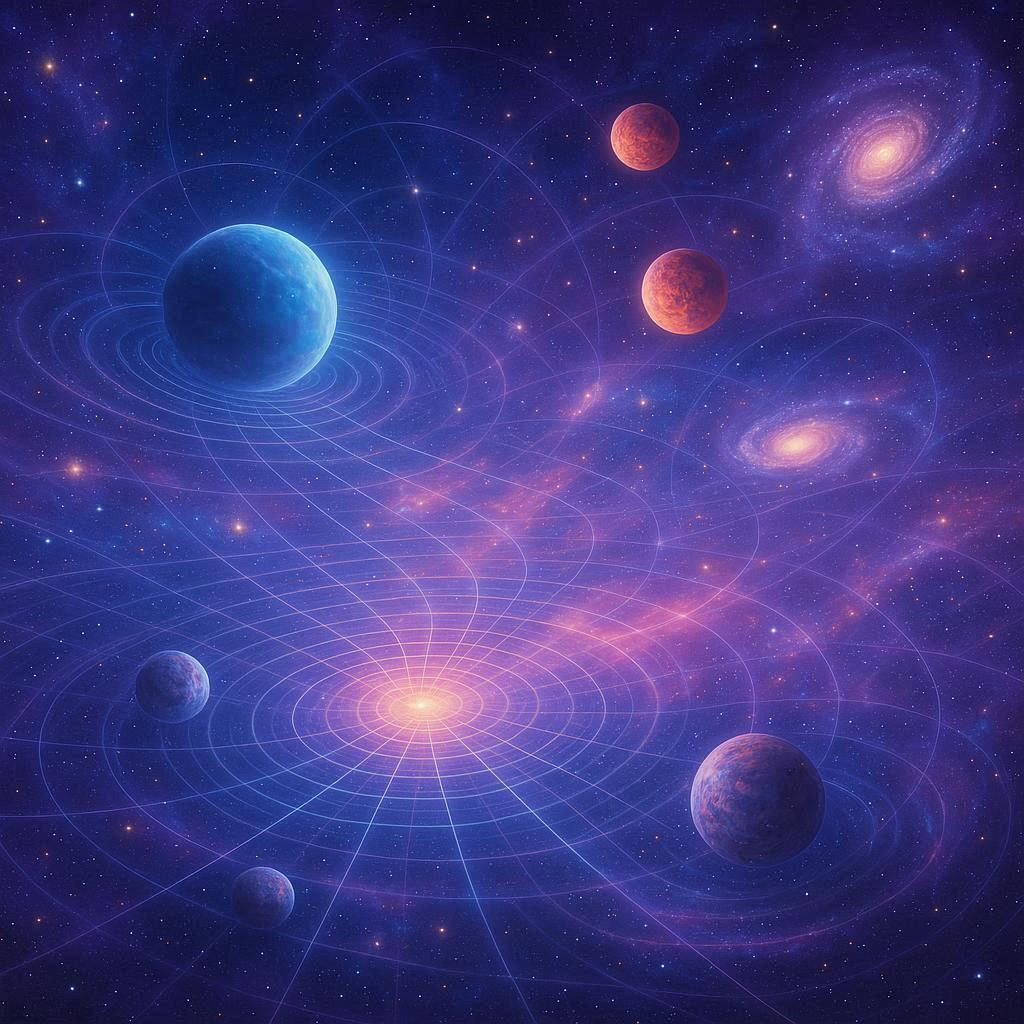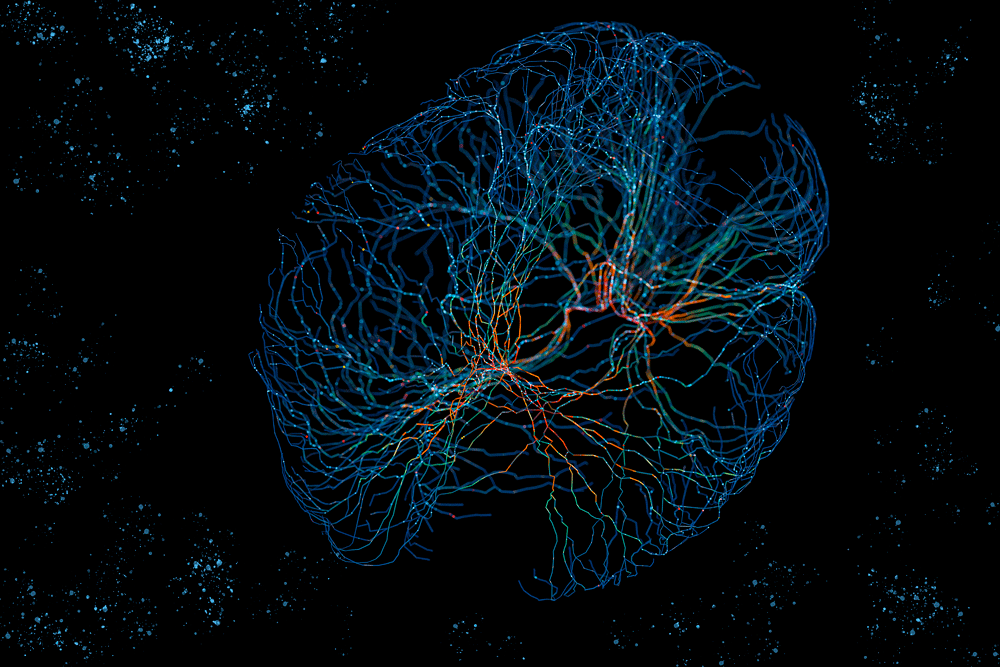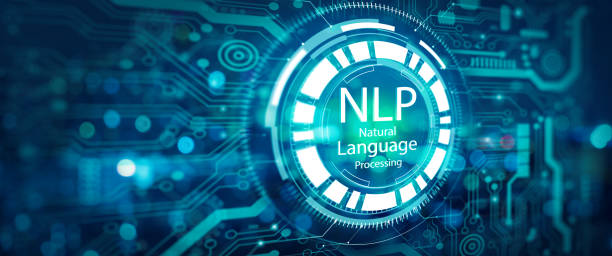Gravity is perhaps the most familiar yet most mysterious of the forces we experience daily. Every time an apple falls from a tree, a planet orbits a star, or a galaxy spirals in space, gravity is at work. Its effects are so ubiquitous that humans often take it for granted, perceiving it merely as a pull downward toward Earth. Yet the origin of gravity, the mechanism by which masses attract one another across the vast emptiness of space, has puzzled philosophers and scientists for centuries. Understanding gravity is not merely an intellectual pursuit; it is an exploration of the fabric of reality itself.
From the earliest human civilizations, gravity was implicitly recognized, even if it was not formally understood. Ancient observers noted that objects fall toward the ground, rivers flow downhill, and celestial bodies follow predictable paths in the sky. These observations led to myths and philosophical speculations. Aristotle, in ancient Greece, suggested that objects sought their “natural place,” interpreting motion as a tendency toward a state of rest. Heavy objects fell faster than light ones, he reasoned, because their nature inclined them more strongly toward the center of the universe. Though this view was influential for centuries, it could not withstand careful experimentation.
Newton’s Revolutionary Insight
The true scientific study of gravity began in the seventeenth century with Sir Isaac Newton. According to legend, Newton was inspired by an apple falling in his orchard, prompting him to wonder why objects always fall toward Earth. He formulated the revolutionary idea that gravity is a universal force acting between all masses. Unlike Aristotle’s qualitative explanation, Newton provided a precise mathematical law: the gravitational force between two objects is proportional to the product of their masses and inversely proportional to the square of the distance between them.
Newton’s law of universal gravitation explained both terrestrial phenomena and celestial motion, unifying the falling apple and the orbiting Moon under a single principle. Suddenly, the heavens were not governed by mysterious, divine rules but by the same natural laws that controlled life on Earth. Planets followed elliptical orbits because the Sun’s gravity constantly pulled on them, while tides rose and fell under the gravitational influence of the Moon.
For over two centuries, Newton’s theory reigned supreme, predicting the motions of planets, comets, and moons with extraordinary accuracy. Yet Newton himself admitted that the mechanism of gravity remained mysterious. How did masses “communicate” across empty space? How could the Sun’s gravity act on Earth instantly, without any apparent medium? These questions would not be fully addressed until the twentieth century.
Einstein and the Curvature of Space
The true breakthrough in understanding the origin of gravity came with Albert Einstein’s general theory of relativity in 1915. Einstein’s genius was to reconceptualize gravity not as a force acting at a distance but as a consequence of the geometry of spacetime itself. According to relativity, mass and energy warp the fabric of spacetime, creating curves that dictate the motion of objects. A planet orbits a star not because it is being “pulled” in the Newtonian sense but because it follows the curved paths embedded in spacetime—a trajectory determined by the geometry of the cosmos.
This view was as elegant as it was radical. Gravity became a manifestation of spacetime curvature, linking the presence of mass and energy directly to the shape of the universe. Einstein’s equations described not only planetary motion but also the dynamics of stars, galaxies, and the universe itself. Predictions derived from general relativity, such as the bending of light by massive objects and the precise precession of Mercury’s orbit, were confirmed by observation, cementing Einstein’s theory as the modern understanding of gravity.
Quantum Gravity: The Search for the Fundamental Mechanism
While general relativity provides a geometric explanation, it does not fully answer the question of gravity’s microscopic origin. Other fundamental forces, like electromagnetism and the strong and weak nuclear forces, are mediated by particles—photons for light, gluons for the strong force, and W and Z bosons for the weak force. Could gravity, too, have a particle, a quantum messenger? The hypothetical particle responsible for mediating gravity is called the graviton, a massless, spin-2 boson that has never been directly observed.
The challenge lies in unifying general relativity with quantum mechanics. While relativity describes gravity on cosmic scales, quantum mechanics governs the behavior of subatomic particles. Attempts to merge these frameworks into a consistent theory of quantum gravity remain one of the most significant unsolved problems in physics. String theory and loop quantum gravity offer tantalizing possibilities, suggesting that gravity may emerge from fundamental vibrations or discrete units of spacetime. However, these remain theoretical constructs awaiting experimental confirmation.
Gravity in the Cosmos: From Stars to Galaxies
Gravity is not a passive force; it actively shapes the structure of the universe. Stars form from clouds of gas collapsing under their own gravity, igniting nuclear fusion at their cores. Galaxies arise from the mutual attraction of billions of stars and dark matter, creating vast spirals and elliptical structures. Even on the largest scales, gravity influences the expansion of the universe, pulling matter into clusters and filaments while dark energy drives cosmic acceleration.
Yet gravity also presents enigmas. Observations of galaxies reveal that visible matter cannot account for the gravitational forces at play. Stars at the edges of galaxies move as if an unseen mass—dark matter—exerts additional gravitational pull. Similarly, the large-scale distribution of galaxies and cosmic structures suggests that gravity interacts with the universe in ways still not fully understood. Dark matter and dark energy, which together constitute over 95% of the universe, may hold the key to understanding gravity’s ultimate origin and behavior.
Gravitational Waves: Listening to the Cosmos
The 21st century brought yet another revolution. Einstein had predicted the existence of gravitational waves—ripples in the fabric of spacetime generated by accelerating massive objects, such as colliding black holes or neutron stars. For decades, these waves were theoretical curiosities, too subtle to detect. In 2015, the Laser Interferometer Gravitational-Wave Observatory (LIGO) achieved the first direct observation of gravitational waves, confirming Einstein’s prediction a century later.
Gravitational waves have opened a new window on the universe, allowing scientists to observe phenomena invisible to traditional telescopes. They reveal the violent dance of black holes, the collision of neutron stars that forge heavy elements like gold and platinum, and perhaps even the echoes of the Big Bang itself. These observations demonstrate that gravity is not merely a static force but a dynamic, propagating entity, capable of transmitting energy across the cosmos.
Philosophical Reflections on Gravity
The study of gravity has philosophical as well as scientific implications. Gravity challenges our intuitive understanding of reality, suggesting that space and time are not immutable backdrops but flexible, responsive entities. The universality of gravity—its ability to act across immense distances—raises profound questions about connectivity and causality. In a sense, gravity reveals that everything in the universe is inextricably linked: each star, planet, and particle exerts influence on all others, no matter how far apart.
Moreover, gravity reminds us of our place in the cosmos. It keeps us grounded on Earth, yet the same force shapes the life cycle of stars and the architecture of galaxies. It is a gentle guide and a destructive power, responsible for both the stability of our world and the cataclysmic death of massive stars in supernovae. Gravity is at once familiar and alien, simple in effect but profound in origin.
The Continuing Quest
Despite centuries of study, the origin of gravity remains a frontier of human knowledge. We understand its effects, we can measure it with exquisite precision, and we can even detect its most subtle ripples across the universe. Yet the fundamental mechanism—whether geometric, quantum, or something even more exotic—remains elusive. Each discovery raises new questions, from the nature of dark matter and dark energy to the possibility of extra dimensions where gravity may act differently.
The search for gravity’s origin is more than a scientific quest; it is a human endeavor to comprehend the forces that shape existence. It is a journey from falling apples to colliding black holes, from Newton’s laws to Einstein’s spacetime, from the infinitesimal to the infinite. In pursuing this understanding, we confront the limits of perception, the beauty of mathematical elegance, and the mystery of a universe that is at once knowable and infinitely complex.
Conclusion: Gravity as the Poetry of the Universe
Gravity is not merely a physical phenomenon; it is a story of connection and continuity. It is the invisible thread that weaves together the cosmos, binding stars, planets, and life itself into a coherent whole. Its origin remains partially shrouded, yet each advance in understanding—from Newton’s equations to Einstein’s spacetime curvature, from quantum hypotheses to gravitational waves—brings us closer to seeing the universe as it truly is.
In contemplating gravity, we glimpse the intimate relationship between matter, energy, and space. We learn that the universe is not static but alive with interaction, that our small lives are intertwined with cosmic rhythms, and that even the most invisible forces can shape reality in profound ways. Gravity, in its elegance and mystery, teaches us humility and wonder, reminding us that to question, to observe, and to imagine is to participate in the ongoing story of the cosmos itself.
The origin of gravity may still hide secrets, but the pursuit of its understanding illuminates the human spirit. It is a journey of curiosity, courage, and imagination—a testament to our relentless desire to know the universe and our place within it.






